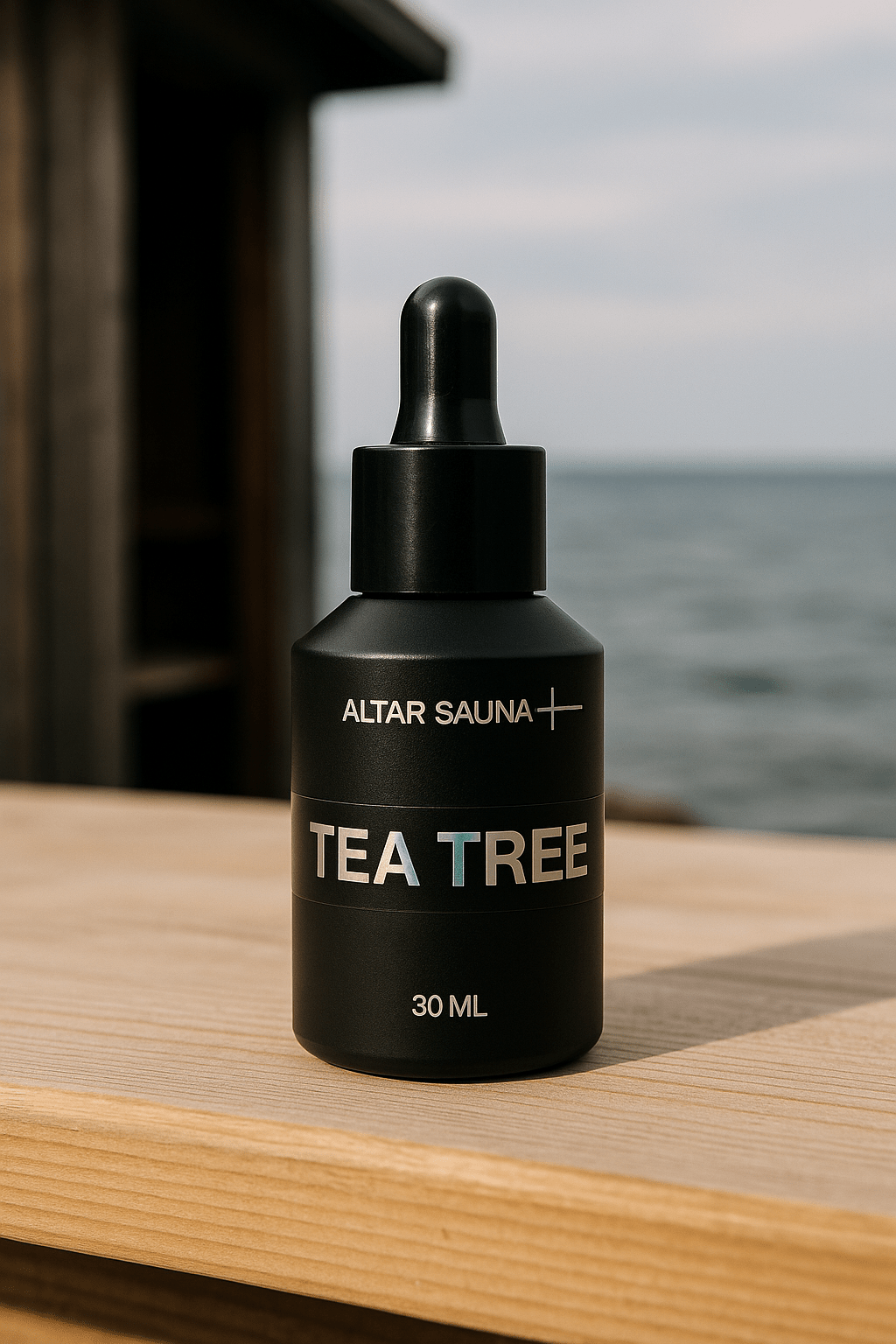Introduction
Saunas have been a part of human culture for centuries, offering relaxation, rejuvenation, and various health benefits. The experience of sitting in a sauna, enveloped by dry or wet heat, is known to promote sweating, relieve muscle tension, and provide a sense of overall well-being. However, determining the optimal temperature for a sauna can be a matter of personal preference. In this article, we will embark on a scientific exploration to understand the effects of different temperatures on the human body and shed light on the ultimate temperature for a sauna.
Understanding Heat and the Body's Response
Before delving into the various temperatures experienced in a sauna, it is important to grasp the fundamentals of heat and how the body responds to it. The human body maintains a core temperature of around 98.6°F (37°C), and any deviation from this baseline can impact bodily functions. Exposure to high temperatures triggers a cascade of physiological responses aimed at regulating body temperature and ensuring overall well-being.
EFFECTS OF DIFFERENT SAUNA TEMPERATURES
1 Mild Sauna (100-120°F / 38-49°C)
At the lower end of the temperature spectrum, a mild sauna provides a gentle heat that is often well-suited for beginners or individuals who are more sensitive to high temperatures. In this range, the body's response is relatively mild. The ambient heat promotes sweating, which aids in the elimination of toxins and impurities through the skin. Mild saunas are conducive to relaxation, stress reduction, and improving overall circulation.
2 Moderate Sauna (120-150°F / 49-66°C)
Moving up the temperature scale, a moderate sauna offers a more intense heat experience. At these temperatures, the body begins to experience a greater increase in core temperature, leading to increased heart rate and circulation. Moderate saunas can help relieve muscle tension, reduce inflammation, and promote detoxification. It is important to note that spending prolonged periods in a moderate sauna can lead to dehydration, so it is crucial to stay hydrated throughout the session.
3 High Sauna (150-190°F / 66-88°C)
In the realm of high temperatures, the body experiences more pronounced physiological changes. High saunas prompt a substantial increase in heart rate, blood flow, and perspiration. As a result, the body's detoxification processes are intensified, leading to the removal of toxins and metabolic waste. High saunas are often preferred by experienced sauna-goers who have developed a tolerance for higher temperatures. However, caution should be exercised to avoid overheating, dehydration, and potential health risks associated with prolonged exposure to extreme heat.
4 Extreme Sauna (Above 190°F / 88°C)
Venturing into extreme sauna temperatures requires utmost caution and should only be done under professional supervision, if at all. At these scorching temperatures, the body is subjected to intense stress, and the risk of heat exhaustion or heatstroke significantly increases. While some individuals may claim benefits from extreme sauna experiences, it is crucial to prioritize personal safety and consult medical professionals before attempting such extreme temperatures.
FINDING THE ULTIMATE SAUNA TEMPERATURE
The ultimate temperature for a sauna is highly subjective and dependent on individual preferences, tolerance, and health considerations. It is essential to listen to your body's signals and adjust the sauna temperature accordingly. Engaging in regular sauna sessions at temperatures that are comfortable for you can provide a multitude of benefits, including improved circulation, relaxation, stress relief, and enhanced overall well-being.
Furthermore, it is worth noting that the optimal sauna experience often combines temperature with humidity levels. Some individuals enjoy the traditional dry saunas with low humidity, while others prefer the steamy atmosphere of a wet sauna. Experimenting with different temperature and humidity settings can help you find the perfect balance that aligns with your preferences and goals.
Conclusion
The ultimate temperature for a sauna is a personal choice that can vary based on individual preferences, tolerance, and overall health. Mild, moderate, and high saunas offer different levels of heat and physiological responses, each with its own set of benefits and considerations. The key to enjoying the sauna experience lies in maintaining awareness of your body's signals and adjusting the temperature accordingly.
Remember, always prioritize your safety and consult medical professionals if you have any concerns or pre-existing health conditions. By understanding the impact of temperature on the body and exploring different sauna experiences, you can embark on a journey of relaxation, wellness, and rejuvenation in the ultimate temperature for your own sauna sessions.
Written by Malin.


